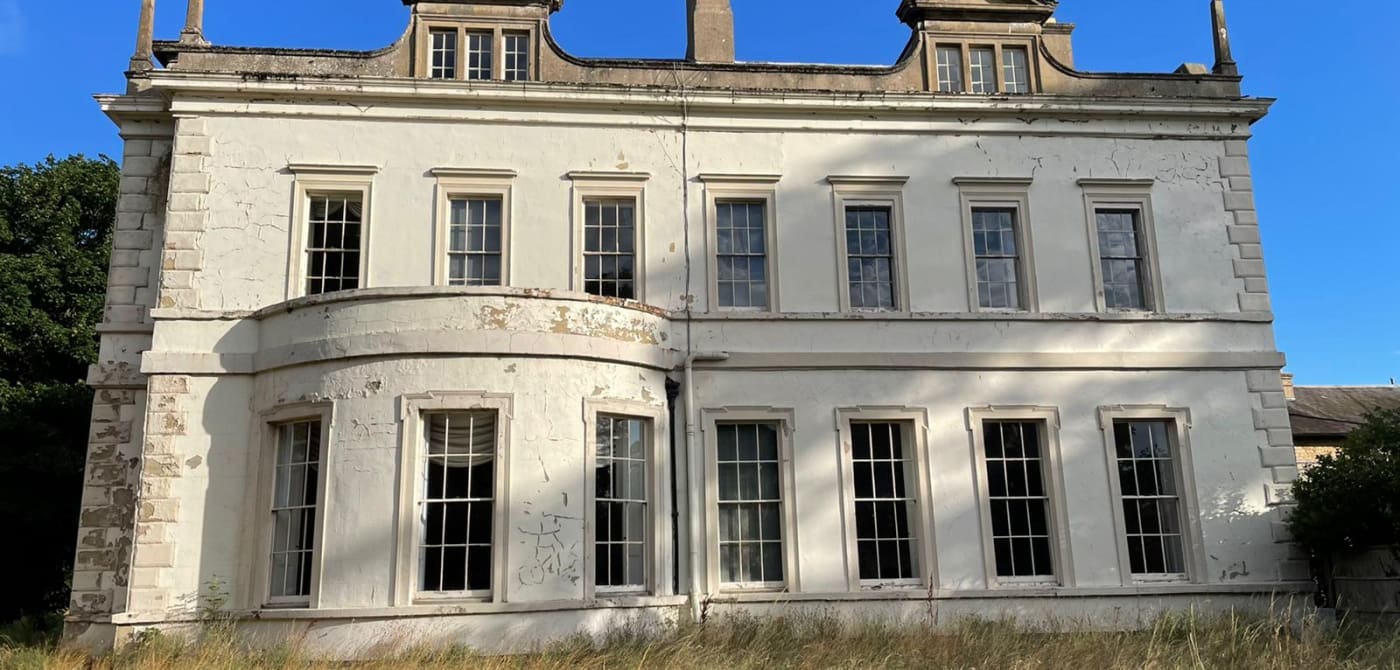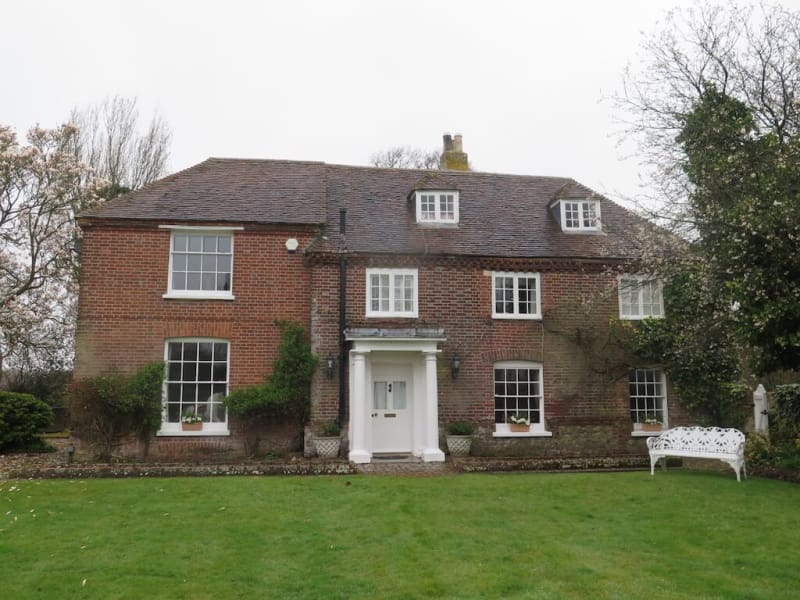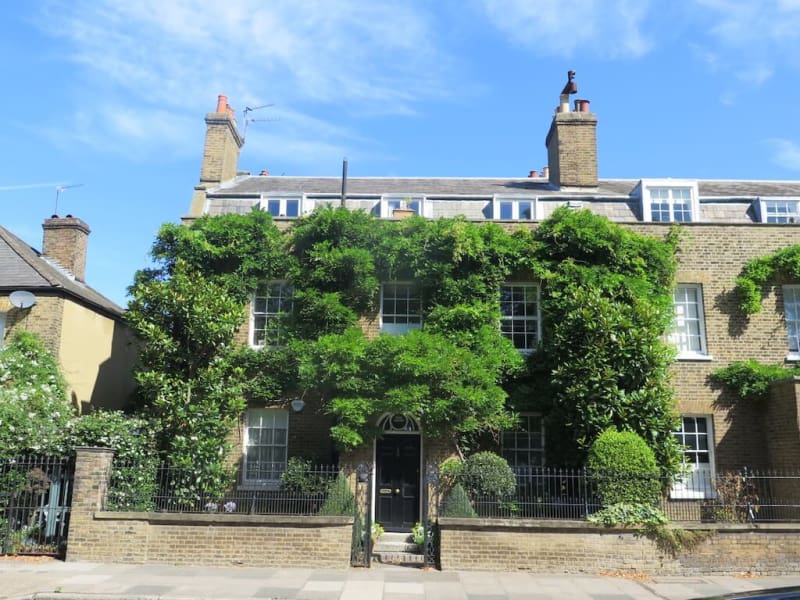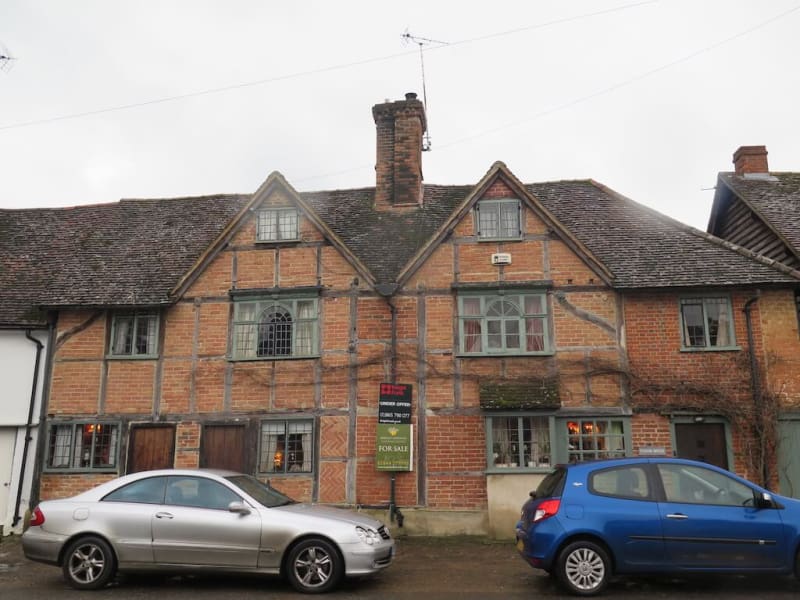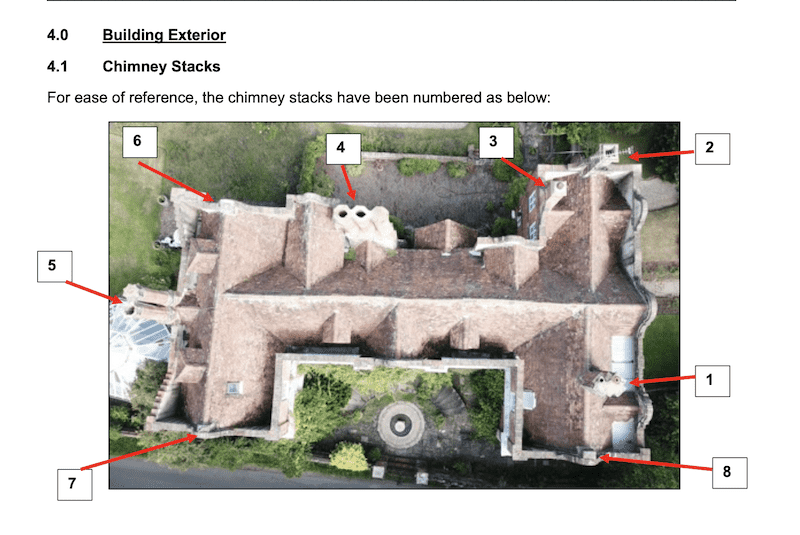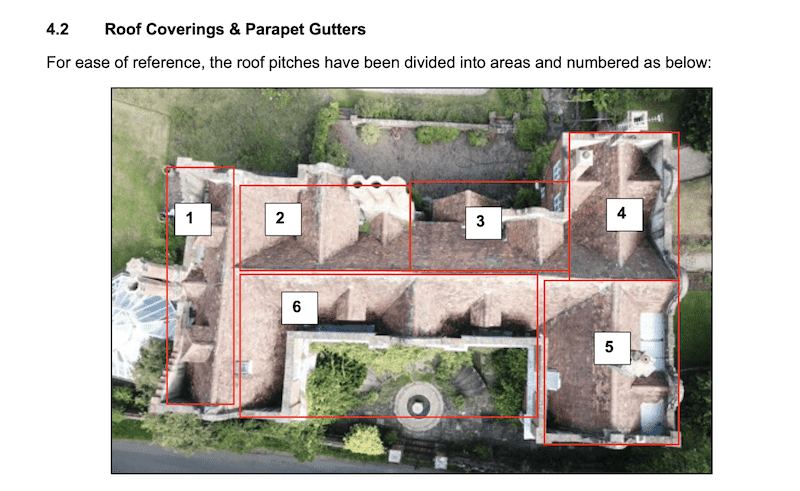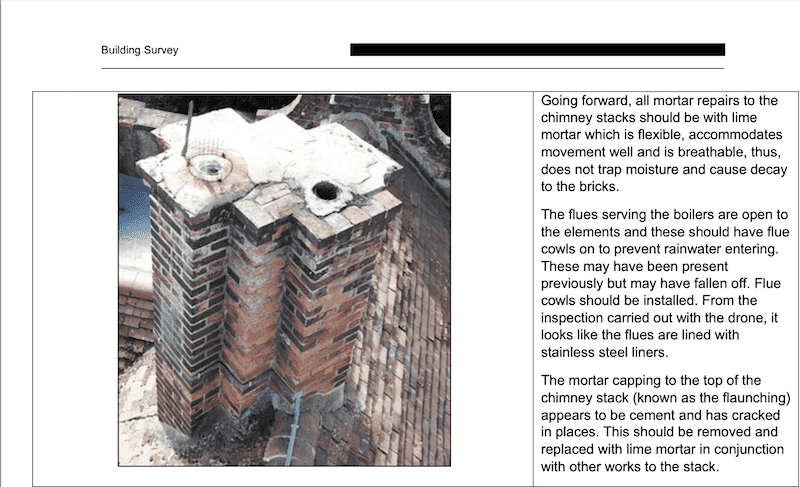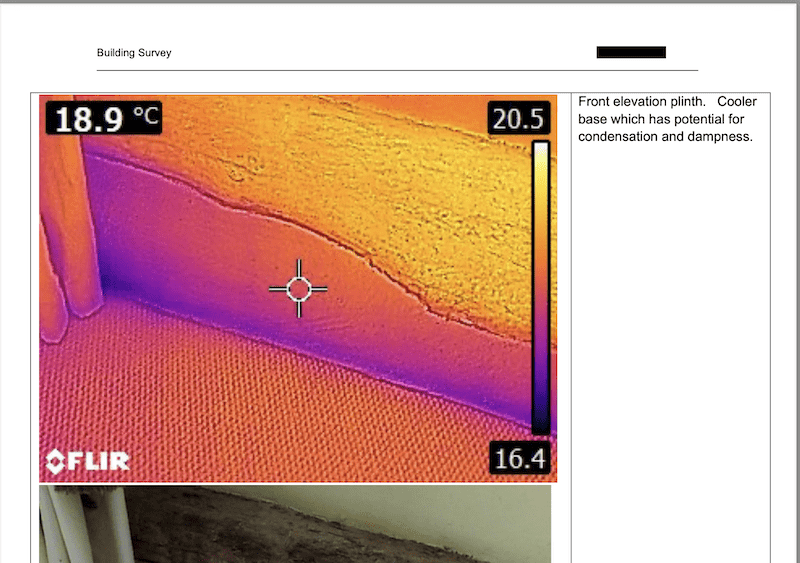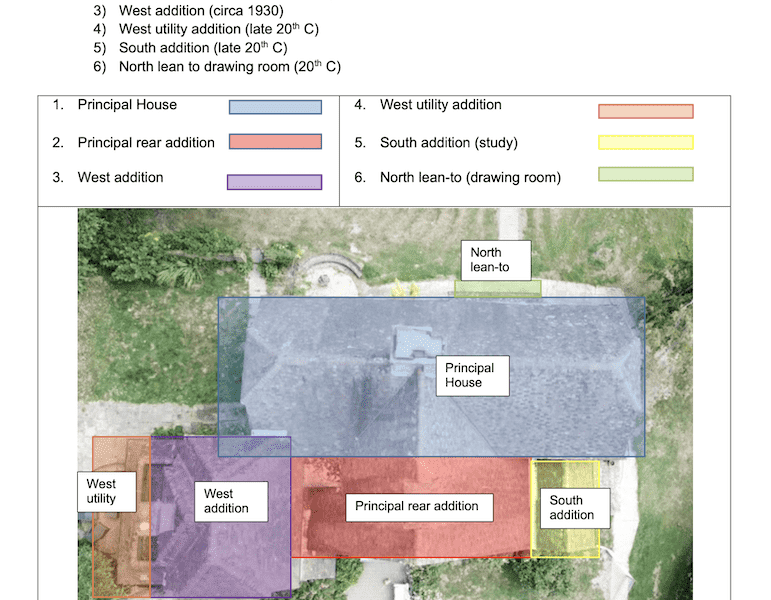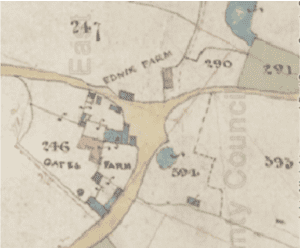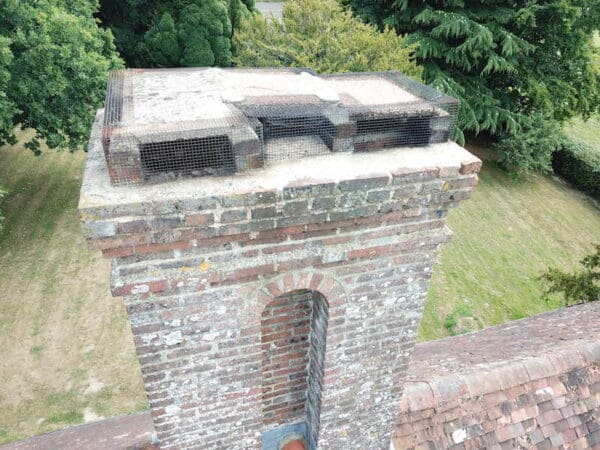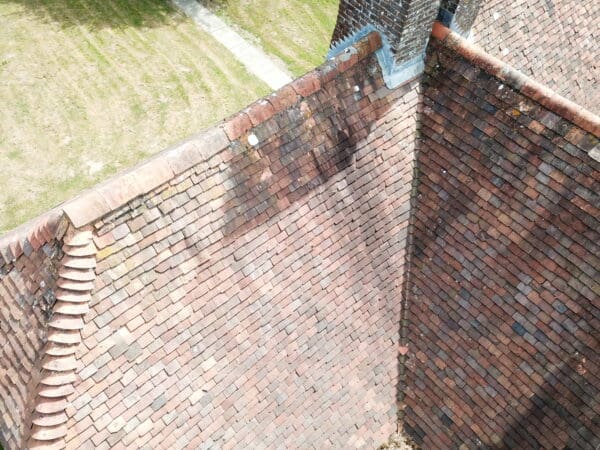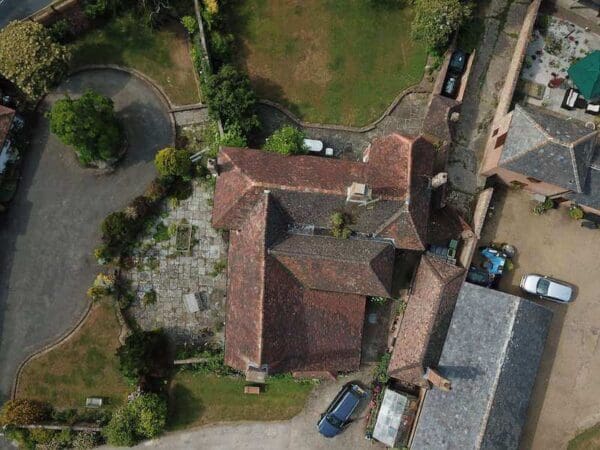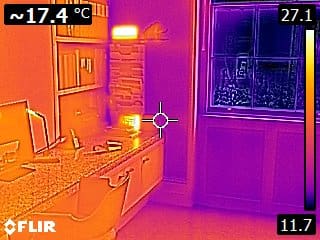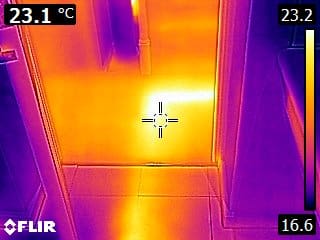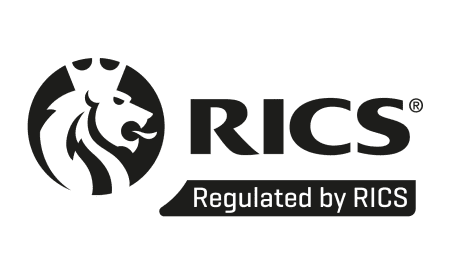How we help
Specialists in RICS Listed Building Surveys
We offer one of the most detailed reports you can obtain for your Listed Building purchase. We feel this is essential in understanding the condition of a building and any repairs required.
Get in touch for a quote. Read on for a Listed Building Survey example, or we are happy to send an example survey report following on from your initial enquiry.
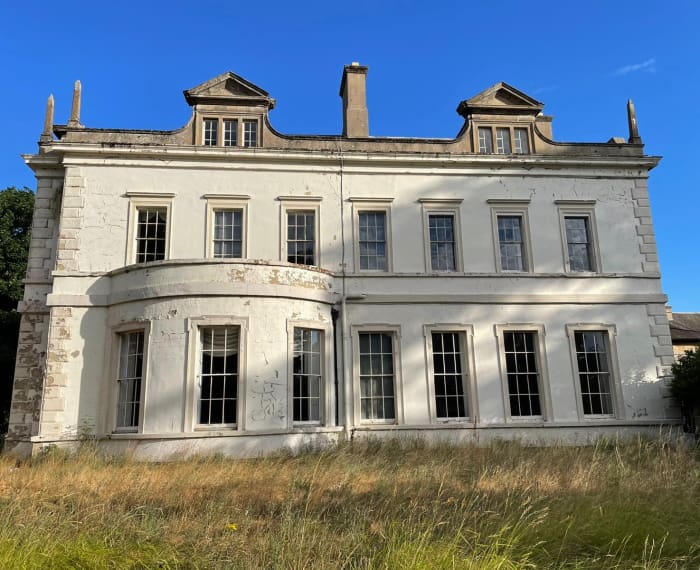
What we do
About our Surveys
We provide expert advice in a clear and detailed fashion on the condition of historic and Listed Buildings.
The survey is undertaken by a RICS Chartered Surveyor , highly experienced in dealing with Listed and historic buildings. Our team of surveyors can be seen on our about us page.
Most importantly we have the experience to evaluate buildings on the basis of their condition in comparison to other buildings of a similar type and age. We provide clear and unambiguous advice on the buildings condition and what repairs will be necessary.
The Listed Building survey is in excess of the requirements of the RICS Level 3 survey and is “enhanced” to provide the necessary advice for a purchaser of a Listed Building.
Detailed advice
Our Capabilities
We provide detailed advice on any alterations undertaken to the property and undertake a review as to whether appropriate Listed Building consents are in place. We use advanced technologies where appropriate such as Thermal Imaging, Humidity and Environment calculations and Drone / Pole Camera roof surveying techniques.
When the survey is completed and report issued, we talk to our clients and make sure we can answer questions.
The Listed Property Owners Club recommends to engage experienced ‘conservation’ surveyors when purchasing a listed building. This is because the surveyor will know of the special considerations and implications for the repair and renovation of the building.bWe are experienced in these areas, we only deal with Historic and Listed Buildings and can give you the right advice.
The Listed Property Club Owners Guidance on Listed Buildings can be found here . We at Heritage Consulting are approved and recommended by the Listed Property Owners Club.
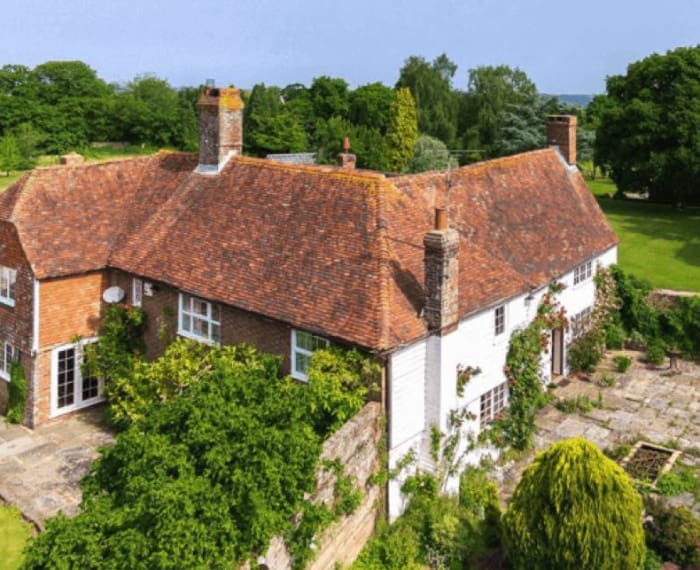
Where we've worked
Our projects
See some of the beautiful Listed Buildings we have Surveyed.
Expert advice
What is included in our Surveys?
We provide expert advice, free from jargon and presented in a clear and easy to understand format. Below are extracts from a survey to show how we break down areas of the building to accurately advise on defects and recommendations for repairs. We do not just report on issues, we explain what the problems are and what needs to be done about them.
Essential understanding
Historical Review
We provide a historical overview of the property as part of a Listed Building Survey. Whist one may think this is not strictly necessary for a pre purchase report, understanding the age and development of the building is essential. Understanding the building , how it is built and how it needs to be repaired is very important. An understanding of the development of the building is also key in informing and advising on past and future modifications.
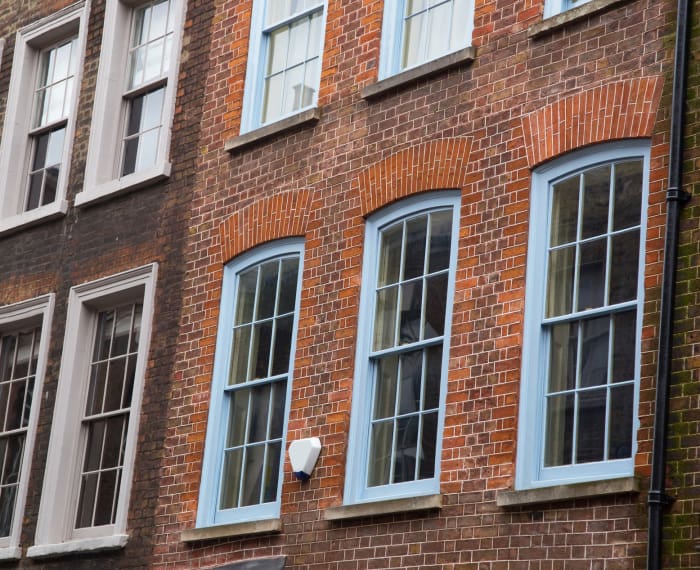
Our experience
Planning Consents
We review planning consents and provide an opinion on whether we believe there are any potential issues in relation to Listed Building Consents. In our experience, there are almost always “issues” and items of work that may not have the correct consents, however the key is an experienced person providing advice as to the magnitude of the issues.
Equipment
Our Equipment
We use a variety of tools to help us assess your building. Drone or pole camera to undertake enhanced roof and chimney surveys. This enables us to provide a detailed report on roofs and high-level areas as part of a pre-purchase survey.
We use Thermal Imaging and advanced Thermal Hygrometers to undertake an evaluation of internal conditions and provide advice on dampness and condensation.
Discover more
More about our Surveys
The Listed Property Owners Club recommends to engage experienced ‘conservation’ surveyors when purchasing a listed building. This is because the surveyor will know of the special considerations and implications for the repair and renovation of the building, the perceived “damp problems” and will understand period house structures. We are experienced in these areas, we only deal with Historic and Listed Buildings and can give you the right advice.
The Listed Property Club Owners Guidance on Listed Buildings can be found here. We at Heritage Consulting are approved and recommended by the Listed Property Owners Club.
Listed building surveys are a specialised field and it is of great importance that the person undertaking the survey fully understands the building. Our surveys look to not only inform a buyer or owner about the condition of the building, but look to advise about the history, materials used to construct it and the original design principles of the building. They are sometimes referred to as a Historic Building Surveys.
Most ordinary Chartered surveyors are not experienced or qualified to understand these buildings. The reasons are very simple:
- A Listed Building Surveyor needs to fully understand the legislation that protects Listed Buildings. There is a lot of it, and it constantly changes – from planning legislation to whether any alterations have had appropriate consents. This is not always straight forward and there are often many Grey areas.
- To be able to survey a listed building, you also need to understand the building. This means knowing intimatley your bricks, timber types, mortars, and roofing materials. Our Technical Advice section give an overview of these materials.
- When we advise clients about Listed Buildings, we use our extensive knowledge of the cost of work to them. We have taken Listed Buildings apart, and rebuilt them. We know what it costs to repair a heritage building – what materials to use, how to use them, and where to get them. We never stop learning – attending CPD courses on a regular basis – run by SPAB, Weald and Downland Museum, Historic England, RICS and others.
- Listed or Heritage buildings seem to suffer from damp and timber decay problems. Actually they don’t – its quite often years of inappropriate modifications and treatment which have caused these issues. We can advise on all these issues including recommendations for repairs.
- We try very hard to get to all areas of the building and leave no stone unturned. We have led the way in residential surveying for using non invasive equipment for assessing buildings, such as Thermal Imaging, Thermal Hygrometers , Roof Cameras and Drone Surveys.
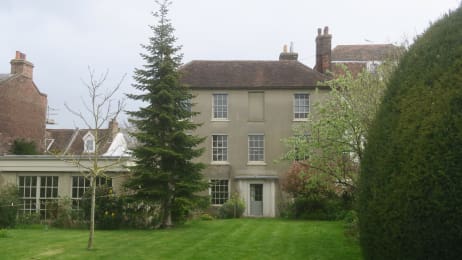
Get in touch with the Heritage Consulting team today
Our friendly and experienced team are on hand to help with any of your questions or concerns. Get in touch today to see how we can help you.
Contact Us
